If you’re looking for some intensive muscle recovery massage, Myofascial Lifting Massage is a good choice to start, and not surprisingly, the benefits coming from the technique work well for the well-being that it’s favored by anyone with certain health issues, or perhaps needing some thorough pick-me-up after being in stress for so long. Here’s detailed info on Myofascial Lifting Massage, how it works, and how it can benefit your health.
To note: in this article, the aspect is more focused on facial aspects in myofascial pain and therapy, although the same concept is applicable to the rest of the body.
What Is Myofascial Therapy?
Also known as Myofascial release (MFR) therapy, the massage technique works by focusing on knotted muscles and tightness in nearly all areas of the face and body. Using a low load stretch approach that treats the muscle, provides immense relief and pain that are caused by certain issues such as myofascial pain syndrome, described as severe muscle pain or excess pressure in certain areas known as trigger points (hence, Myofascial Lifting massage is also gone by the name myofascial trigger point therapy).
To note, health issues that can be treated with myofascial therapy include carpal tunnel syndrome, fibromyalgia, Temporo-Mandibular Joint (TMJ) disorder, or even as simple as migraine (although I’m sure having a migraine is not as simple as one might hope!).
What does a Myofascial Consist Of?
Let’s start from the beginning, myofascial therapy deals with fascia, a three-dimensional web network that acts as connective tissue and spreads throughout the face and body, starting from the topmost surface of the skin (known as superficial fascia that holds fat and water content), right down to the dermis layer (the middle layer) of the skin known as deep fascia, holding multiple structures such as nerves, blood capillaries, bone, and of course, the muscle.
When fascia is in a healthy state, the connective tissue works as it should and is supple – moving and flowing according to our movements as intended. The problem starts when the fascia starts to get less and less flexible it creates extra pressure and pulls to nearby muscles that it causes our body to feel acute pain in specific areas, that spreads out to the rest of the body (as fascia is a connective tissue). Not putting it mildly; the pressure can put immense force to the trigger points as high as 2,000 pounds per square inch either superficial or deep fascia in most cases, hence if this is what’s happening to you, it’s best for you to seek help, pronto.
Why Is A Myofascial Painful For Me?
We can identify the source of your myofascial pain from two categories – either from the connective tissues that are ‘knotted’ together or from the skeletal muscle or in some cases, coming from the damaged myofascial tissue as well, causing a localized trigger point, unlike most cases that tend to spreads out to the rest of the body. When these issues happen, blood flow is severely restricted, causing the muscles to unable to move and contract as it supposed to, adding more pain and pressure to the area (keep in mind, that deep fascia holds the nerve and that’s what causes you to feel the pain). Even reading this sounds painful.
Hence, the goal of the therapy is to loosen up the soft tissue and the surrounding areas so the affected structures, so the pain is pretty much begone and the mobility is restored.
If you’re reading this, I’m sure you’d be wondering if you can possibly suffer through this type of pain. Are you vulnerable to getting myofascial pain?
Causes And Risk Factors Of Myofascial Pain
To put it simply, almost everyone is at risk to get myofascial pain. As the simplest, repetitive activity such as sitting in front of the computer for hours on a daily basis is enough to increase your risk to get the pain as high as 30%, what more if you’re suffering from muscle trauma, muscle overuse (such as heavy sports and activities), or even due to psychological stress.
Indeed, there’s no single factor that we can narrow down that is responsible for myofascial pain points to happen, as a combination of two (or more) factors include poor posture (from sitting, walking, and running), poor nutrition that causes the muscle and bone severely affected, serious lack of movement or generally living in sedentary lifestyle, serious trauma to the musculoskeletal system, pain from other health issues, prolonged fatigue and lack of sleep (yes, it can happen), as well as due to emotional issues, particularly from depression and anxiety. Yes, even if the issues listed here are related to the body, the effect can be seen on the face as the skin around the area is thinner compared to the rest of the body.
How Does Myofascial Lifting Facial Massage Work?
Basically, Myofascial Lifting Facial Massage works by utilizing the expertise of a trained esthetician by providing a deep and thorough myofascial release of the facial muscles to start lymphatic drainage, relaxing the muscles, and assist in muscle repair. This, in turn, provides deep detoxification that purges out excess= fluid, toxins, and waste from the visage, undoing contracted and tense muscles for oxygen and nutrient flow through from improved circulation.
As a result, a more symmetrical face is achieved, with brighter-looking eyes, and in some cases, improvement in breathing as the muscles are aligned properly. Generally speaking, each session can last as short as 30 minutes but for a thorough, effective, and long-lasting result, an hour should be committed to the facial massage.
If you have any of these factors and suffering through pain described for some time and it shows on the face, it’s important for you to get checked by a trained practitioner whether you do have myofascial pain that needs to be addressed at the soonest.












